Pekin
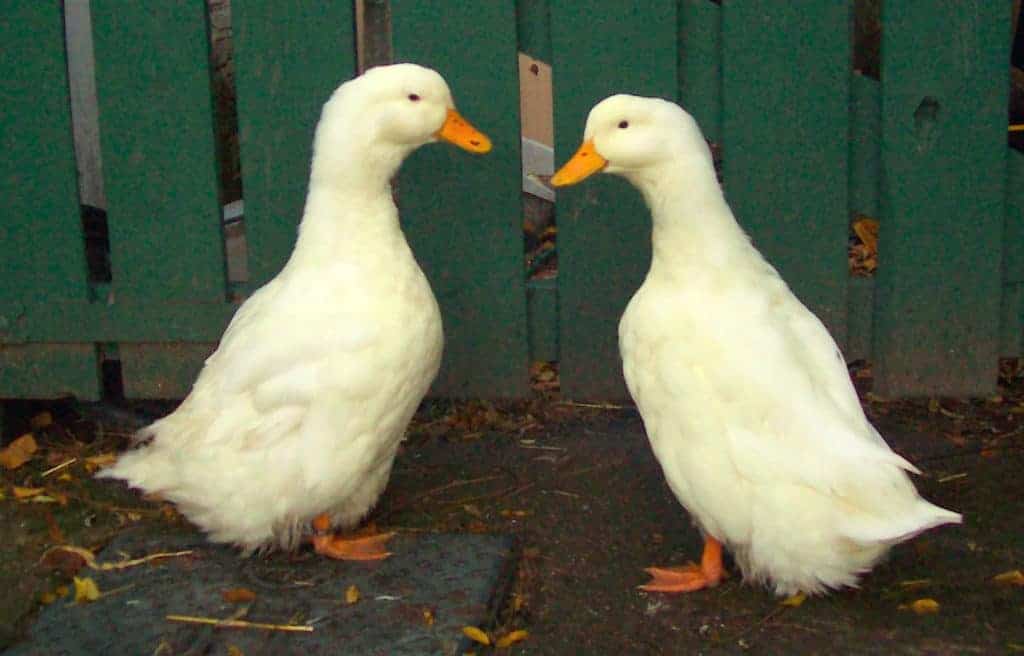
The Pekin is a variety that continues to survive both as as an exhibition breed and also as basic stock for commercial breeding. Crossed with other breeds, it has had a large impact on the commercial table-bird market. In addition, it provided genetic material for several modern breeds, including the Saxony.
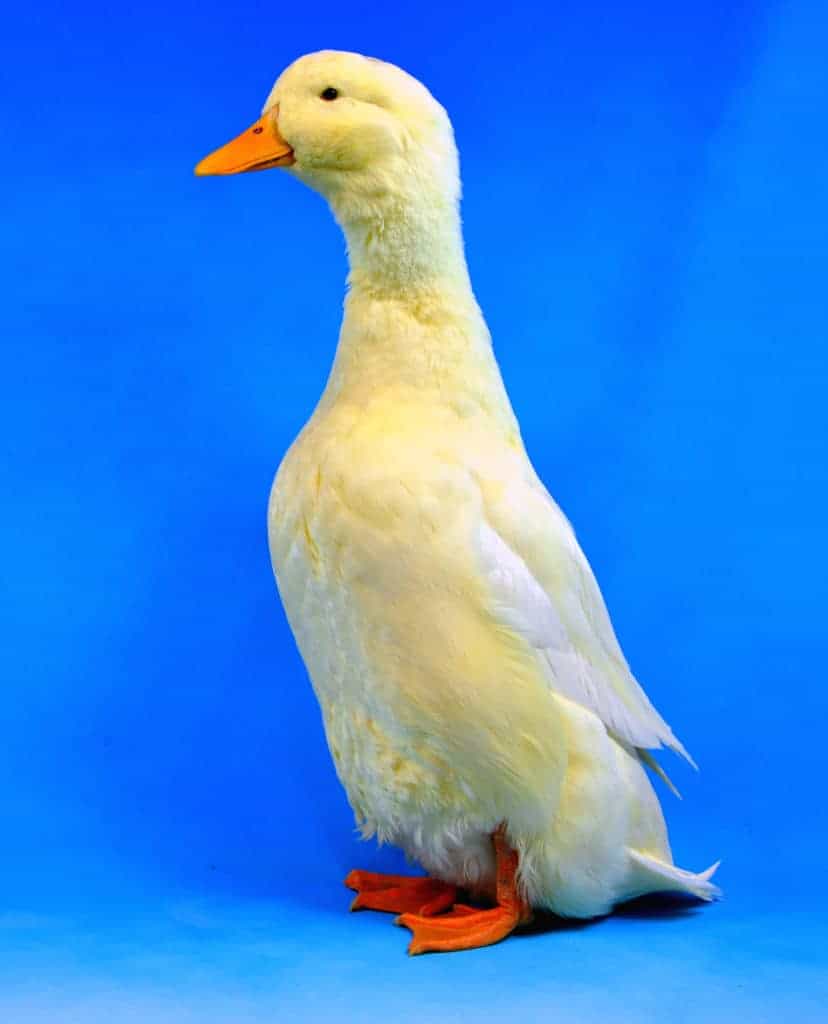
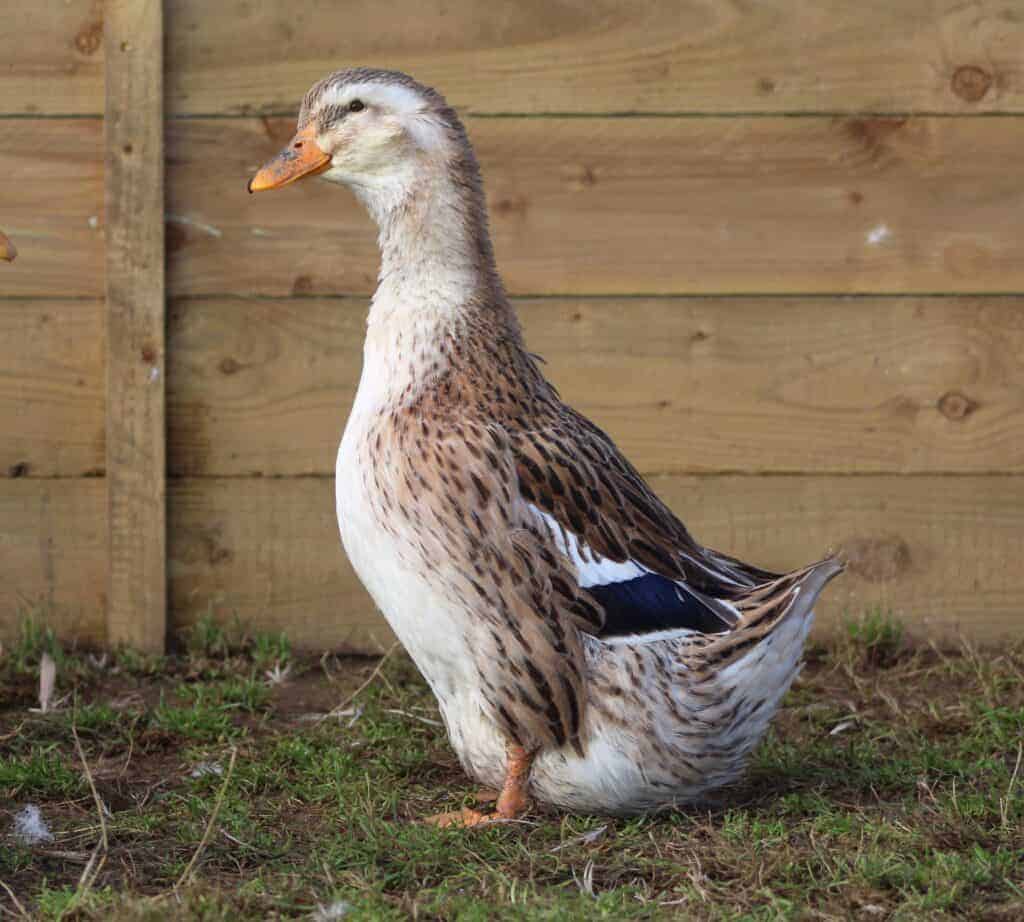
Although only white is standardised for the show bench, Pekins do look very handsome in other colours.
Heavy duck breed
Domesticated Mallard Anas platyrhynchos
Large white ducks have long been known to be prolific across China, kept by boat people along rivers and in harbours. In 1870, a Chinese student, Chan Laisun, gave a lecture in New York referring to ducks known in his homeland as Ten Pound Ducks (referring to the weight). As a result of this, some ducklings were imported into the USA in 1873, by a John Palmer and a Mr McGrath. The same breed had been imported into the UK in 1872, reported variously as by Walter Steward, a Mr Keele and a Mr Harvey.
In the USA, breeding concentrated on developing the breed as a table-bird and it became the source for the US table-bird industry. Pekins are prolific layers with a clean white carcass. There was no clear focus on the posture. As a result, major differences now exist between the American and German forms.
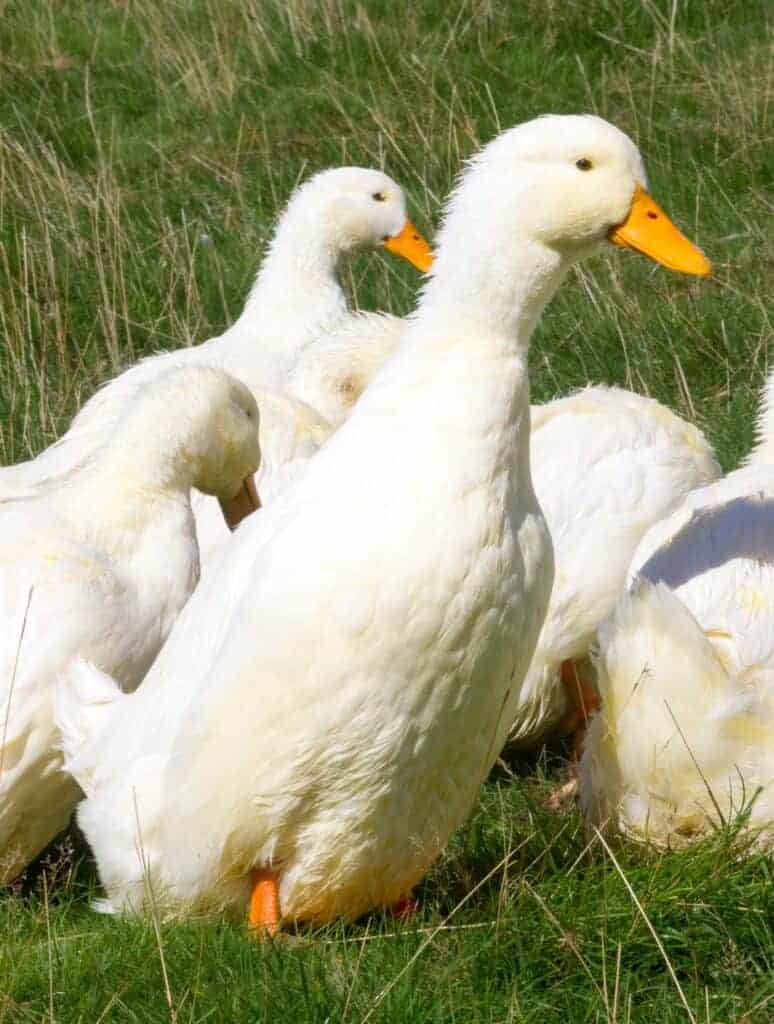
The typical characteristic of the German Pekin is the upright stance, thick neck and the white plumage with a yellow sheen. Over the years, this yellow colour has been intensified by selective breeding.
The British Standard between 1910 and 1930 insisted on a plumage that was deep cream or ‘buff canary’, and when this strain ‘died out’, fresh importations were made from Europe. The present exhibition strain is therefore often referred to as the ‘German Pekin’, largely to distinguish it from the American. The present day Pekins are more upright with a high skull and short beak, compared with their Victorian predecessors.
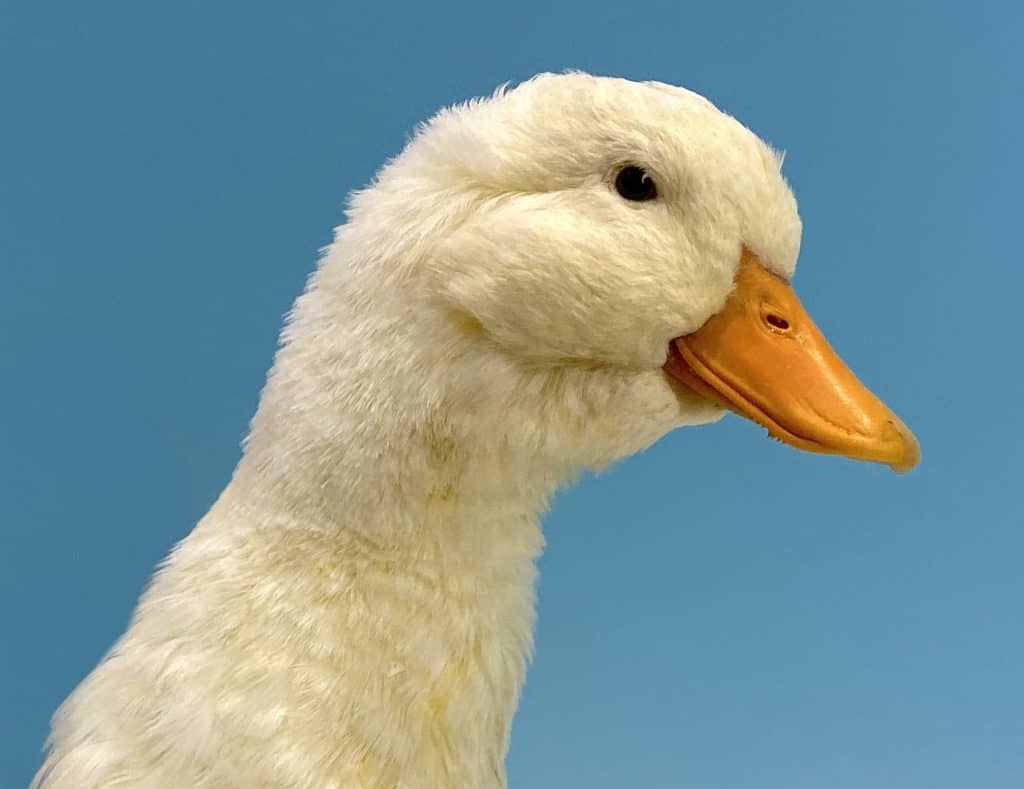
This yellow colour is seen in other white breeds, where it is seen as a negative feature, but in the Pekin it is required. The colour is enhanced by inclusion of maize in the feed and by restricted exposure to the bleaching effects of strong sunlight. The eyes are blue, and the bill, legs and feet bright orange. The plumage is particularly dense and rather fluffy, giving the birds a chubby facial appearance.
The Pekin should be a heavy bird with the drakes weighing 4.1 kg (9 lbs) and the ducks 3.6 kg (8 lbs). They are reasonable layers for a heavy breed with ducks laying 150-200 eggs per year.
FURTHER READING
Zhou, Z., Li, M., Cheng, H. et al. An intercross population study reveals genes associated with body size and plumage color in ducks. Nat Commun 9, 2648 (2018). https://doi.org/10.1038/s41467-018-04868-4
Share this page